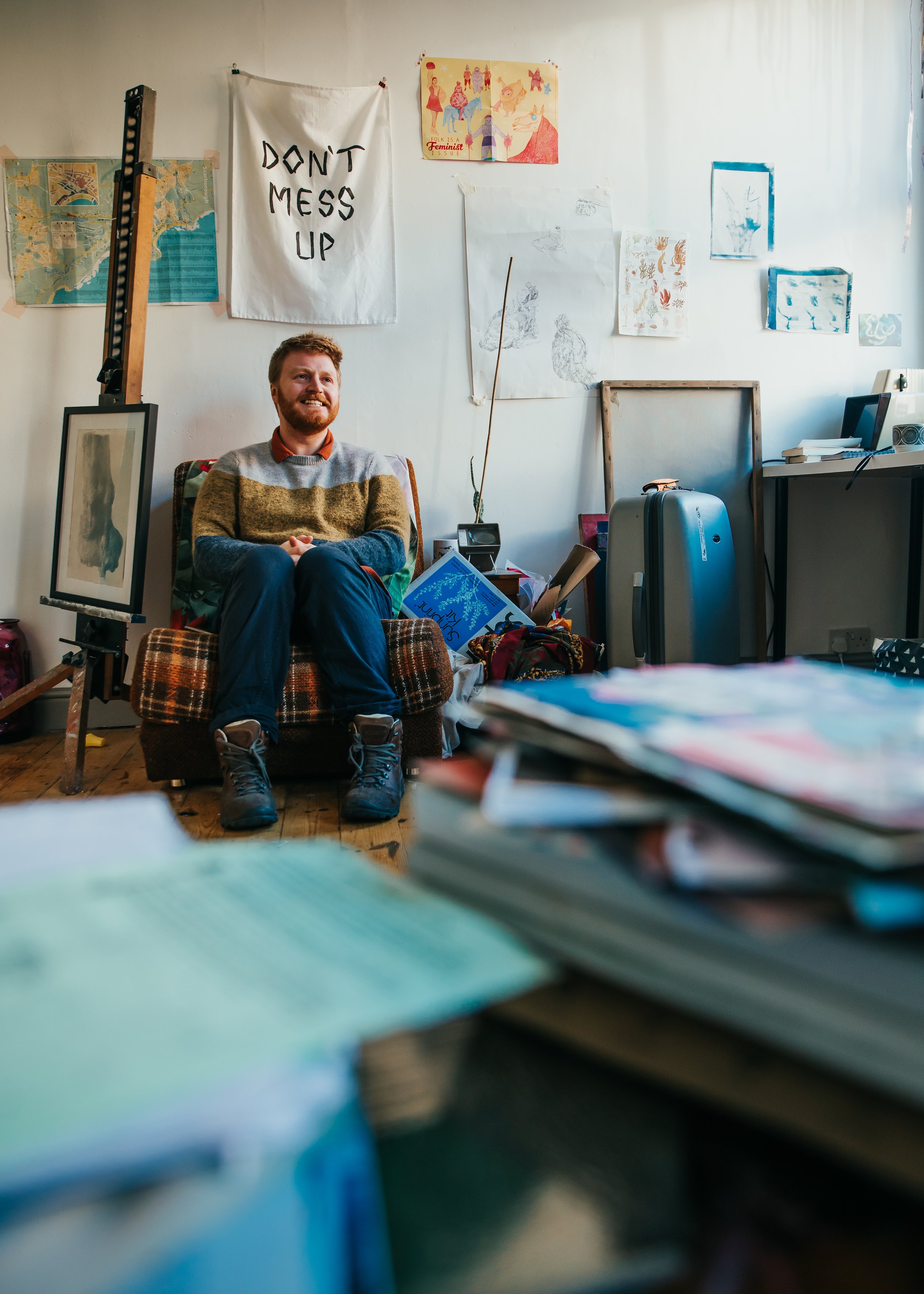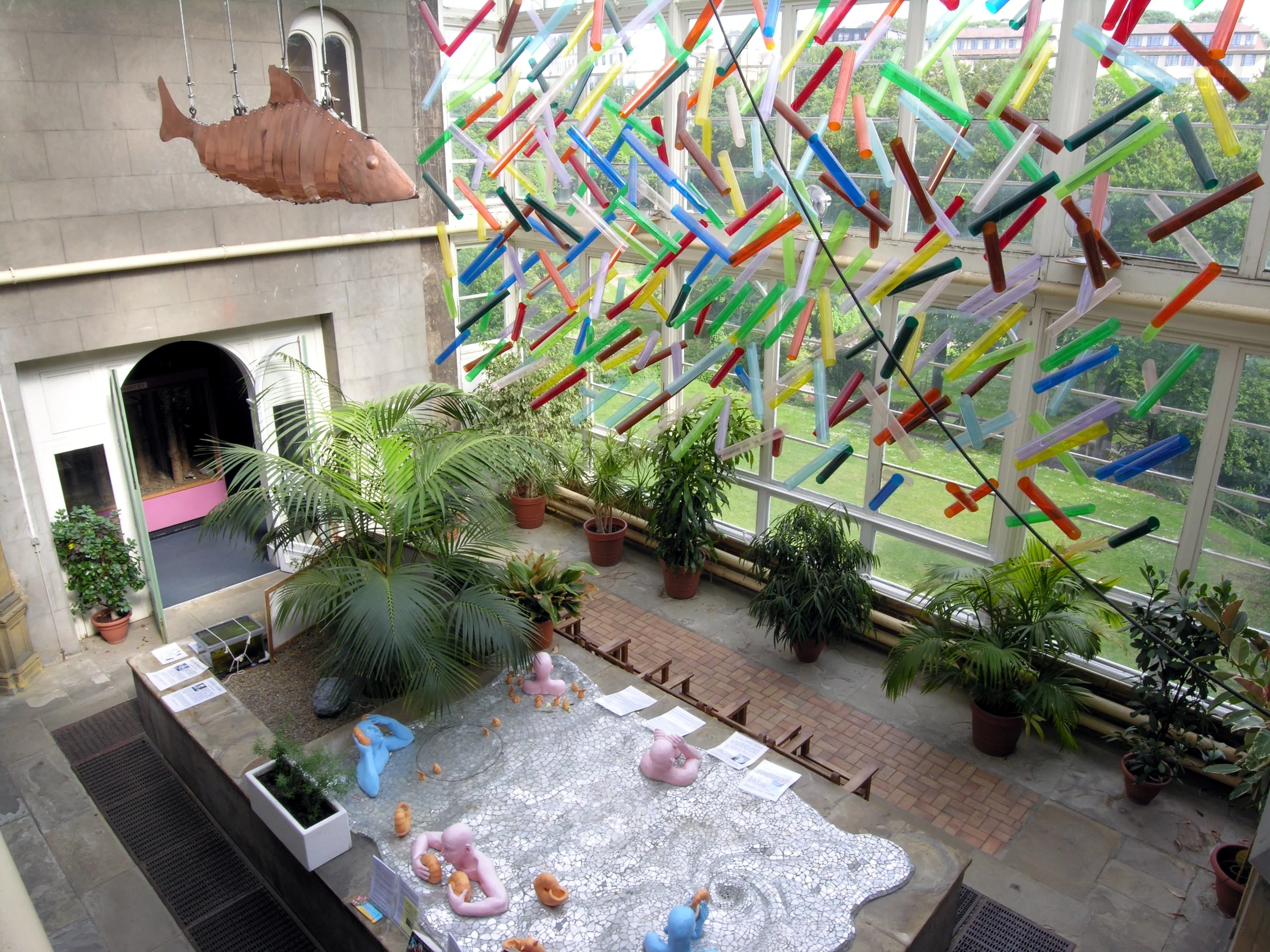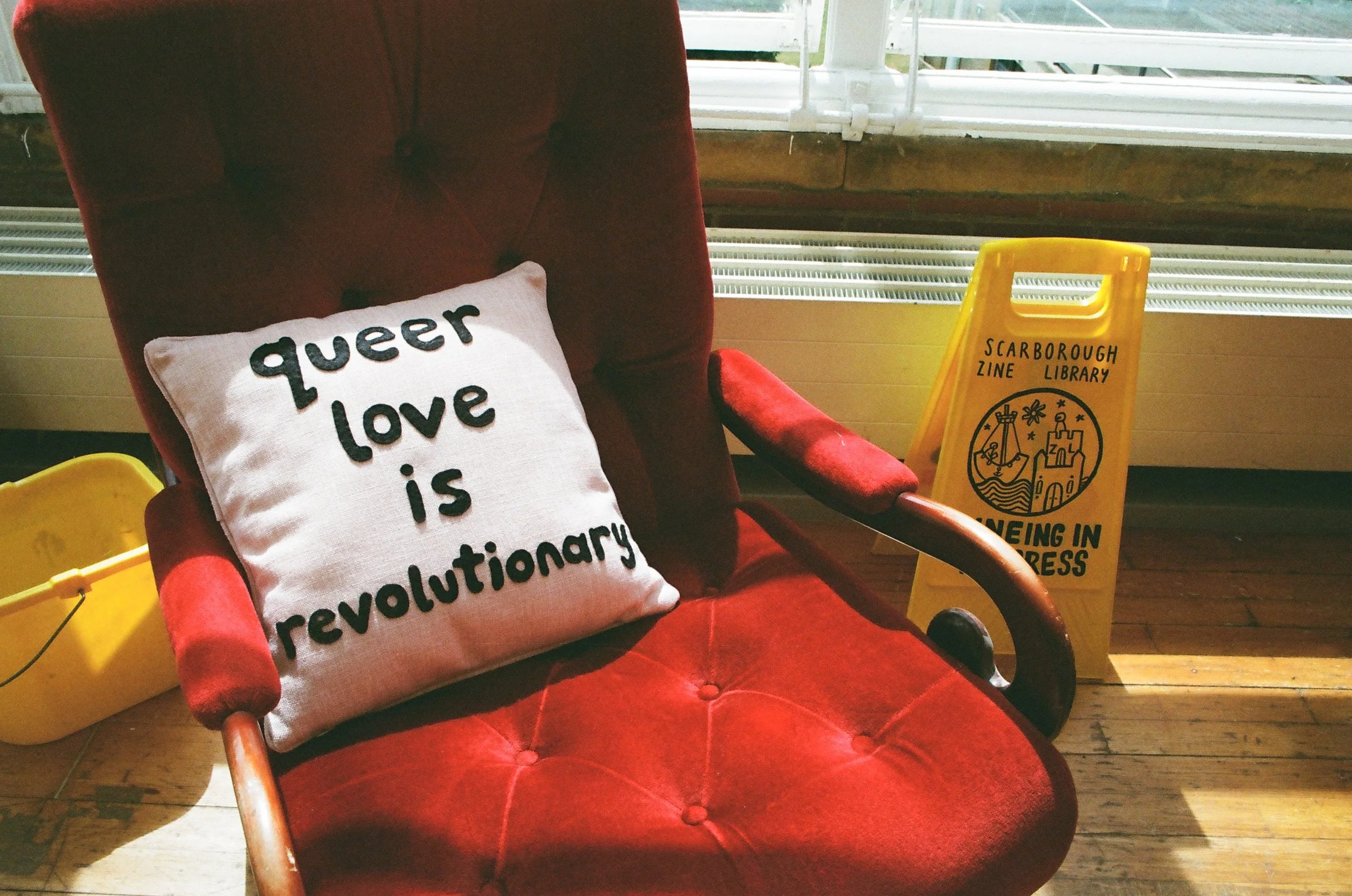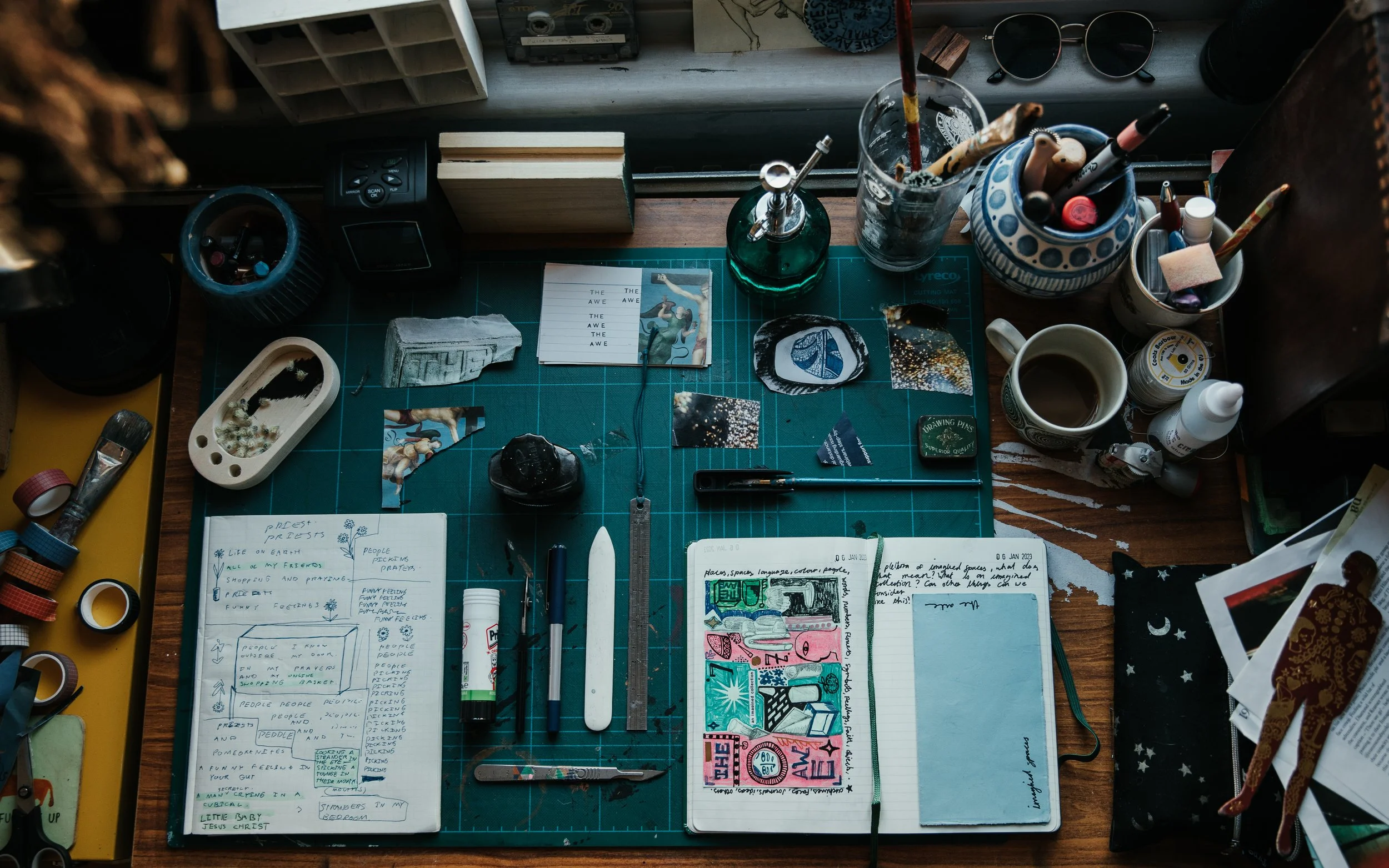ARTIST INTERVIEW: Joel Hague
Joel Hague
Please can you give me an introduction about yourself
As an artist, researcher and curator, my practice takes the shape of theory and material based research, coactively working together to find tender links between unassuming and specific areas of print and gay culture, recording, documenting and archiving my findings. But I’m a printmaker at heart, at least that’s what I graduated in.
What inspired you to make art?
One of my first memories was stepping into Woodend Gallery when it was the Natural History Museum at five years old and bearing witness to this tremendous mechanical fish. Suspended over this mosaic, was an installation of figures, swimming in and out of the mosaic pool as if it were an ocean. This had a significant impact on me as a child. It came full circle for me when I realised a close friend was the curator of that exhibition! This was my first interaction with art, which may have set me on that career path...
Describe your creative process; from start to finish of one of your works. Where do you find your inspiration?
I was having this conversation with my friend the other week, we were talking about why we make art, and she mentioned it’s an innate compulsion for her, which just hit the nail on the head for me. I could say the same about my work to be honest. For me, it’s more about the process. It’s all part of my social research by investigating things and people through interviews, images and archives. Making and thinking are two very different processes for me, so I keep them separate.
Please tell me about your zines. How did you get into creating them? Where can people read them?
I got into zine making by accident really, it came from a place of desperation of being unable to express myself. Then one day, I was let loose on a Riso printer for the first time, a special printing method, and it’s grown from there really, what with setting up Scarborough Zine Library with my friend Nathan Wackett. At the moment I have an exhibition on in Koda coffee so you’re able to find some zines in there, they’re sort of scattered around other zine libraries around the country too.
What is it like being a curator for Cresent arts?
I didn’t start in that role, I started as our digital media manager. When our previous curator Martha Cattell left, I had some big shoes to fill! So far, it’s the start of my journey as a ‘curator’ as such, but I’m still learning a lot. I’ll have been at Crescent Arts for two years this May, which blows my mind a bit. It’s a great privilege to be working in such a historic and versatile space, and with lots of exciting people coming in through our doors, there’s never a dull day.
What is your favourite piece of work and why?
I made a series of screenprints at university using a method of densely layered imagery. I was really proud of those prints, they were made from blending different collages together from pictures I’d taken on film. If I’m ever given the time I’d love to expand on that method again.
What is your favourite medium to use?
Print! Always print. I’m always searching for new things to expand my notion of what print is as well. Because it’s more than its own material quality, it’s a social, complex, historical process. And I think it has more power to bring community together than we give it credit for. I’m really into letterpress at the moment, I did a short course at Leeds Print Workshop which was funded from my arts council grant which has got me really into type.
Who is your favourite artist and why? Do they have an influence on your work?
Very tricky to pick a single one, I love conceptual art; artists like Susan Hiller and Georgina Starr are just brilliant. Then there are some more visual artists like Candy Jernigan and Hannah Höch, who I draw a lot of influence from. But I could never pick a single one!
Why do you think art is important in society?
Gosh, that’s a tricky question, It’s quite an insoluble one. I suppose because it’s humanising, you know? Literally, seeing individuality in itself is a form of resistance against things that are out of our control. My approach to creativity has become more honed in on making things more all-encompassing and democratic, especially print and its social qualities. Art fills in the gaps. It asks questions, provokes, celebrates and argues on our behalf.






